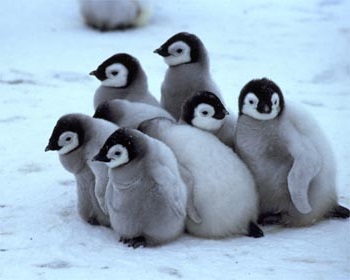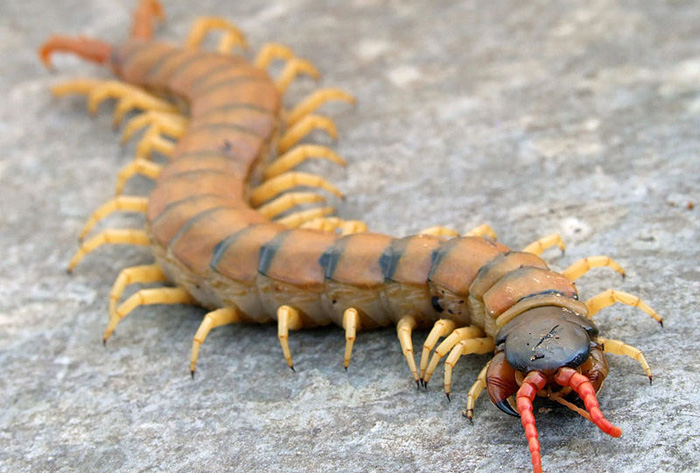
Founded in 1862 the mining town of Centralia in Pennsylvania was created due to the demand for coal as a primary fuel source, throughout the 19th and 20th Century a mass web of mines, tunnels and underground gangways were constructed to get at the coal resources deep under ground. It is estimated that 95% of Anthracite coal (a very high energy form of coal) is located underneath Pennsylvania and there was an estimated 25 million tons of it under the town of Centralia.
However during the mid 20th century the demand for coal reduced in favour of other fuels such as gas and oil and the vast web of mines underneath the town of Centralia were eventually abandoned.
On the 27th May 1962 the mine shafts under Centralia caught fire, it is still debated how the fire initially caught ablaze but the main assumption is that a fire was purposely ignited in an attempt to clear up a rubbish tip, beneath this rubbish tip was a hidden mineshaft entrance where the fire began to slowly wind its way through the labyrinth of underground mines beneath the town.



